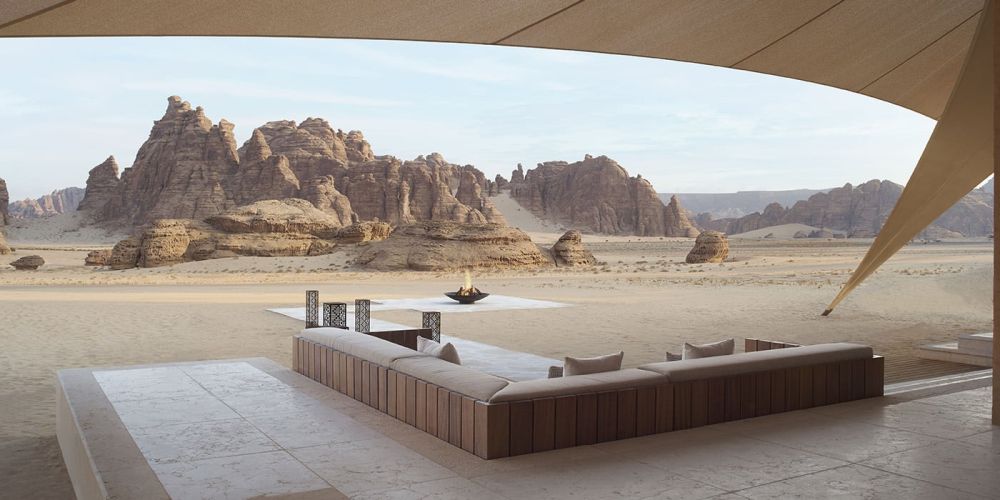

The history of tourism in Al Ula, a region of outstanding natural and historical significance in Saudi Arabia, is as ancient as the crossroads of civilizations that passed through its lands. The area has been a focal point for human settlement for thousands of years, with its history dating back to the Lihyanite and Nabatean kingdoms around the 1st millennium BCE, which left behind a treasure trove of archaeological sites, including the renowned city of Hegra, also known as Al-Hijr or Mada'in Saleh.
The interest of the modern world in Al Ula began in the 19th century when Western explorers started to visit the Nabatean city of Hegra. These expeditions paved the way for more systematic archaeological research. However, it wasn't until Saudi Arabia's recent tourism initiatives that Al Ula began to establish itself as a significant tourist destination.
The Saudi government, as part of its Vision 2030 program, has identified tourism as a key sector for diversification away from oil. Under the Royal Commission for Al Ula (RCU), the kingdom has committed to developing Al Ula into a global destination for heritage, culture, and nature. Several large-scale projects aimed at enhancing infrastructure, conservation, and sustainable tourism are underway to ensure that the area can accommodate a large number of visitors while preserving its precious heritage.
In 2008, Hegra became Saudi Arabia's first World Heritage Site. This acknowledgment by UNESCO supported the significance of Al Ula and contributed to increasing its potential as a tourism destination. The ancient city’s tombs, with their elaborate facades, are a major draw for visitors from around the world.
Recent years have seen a surge in developments aiming to put Al Ula on the global tourism map. The introduction of the Winter at Tantora festival, which combines cultural events, music performances, and heritage experiences, has significantly raised its profile. Additionally, the area is hosting major sporting events, art installations, and is opening new ecological resorts, designed to blend into the stunning desert landscape.
A critical component of tourism in Al Ula is sustainability and preservation. The RCU is implementing measures to protect the natural environment and ancient sites. Tourism is being developed in a manner that respects the past and safeguards it for future generations. The aim is to encourage eco-tourism and adventure tourism, which helps visitors engage with the environment responsibly and sustainably.
Looking ahead, Al Ula is set to experience a significant transformation. With plans for a fully integrated airport, luxury and eco-friendly accommodation, and attractions such as the Al Ula Museum and Dadan, the ancient city of the Lihyanites, the region is gearing up for an increase in international tourism. Education, employment, and the local economy are all expected to benefit as a result.
Al Ula stands as a beacon of Saudi Arabia’s cultural and natural heritage. With a history deeply rooted in the annals of time and the latest tourism trends favoring experiential and sustainable travel, Al Ula is poised to become a unique and must-visit destination for keen travelers around the globe, offering them a glimpse into humanity's past, set against the backdrop of its breathtaking desert landscape.